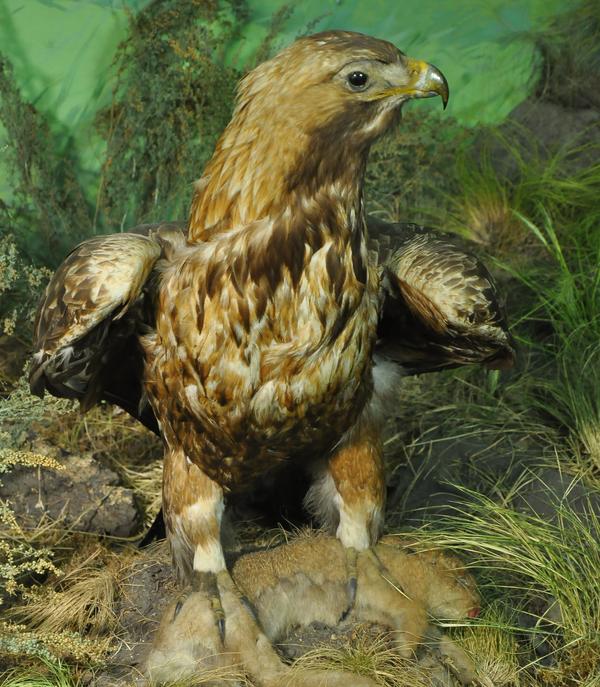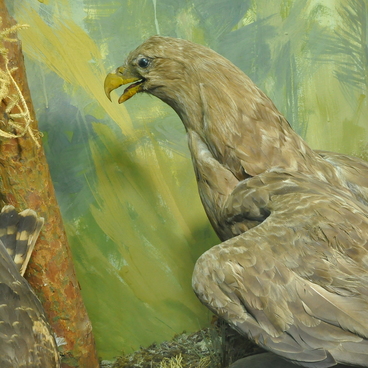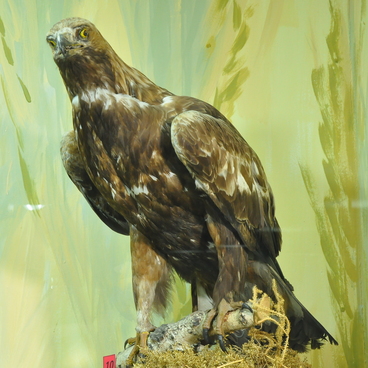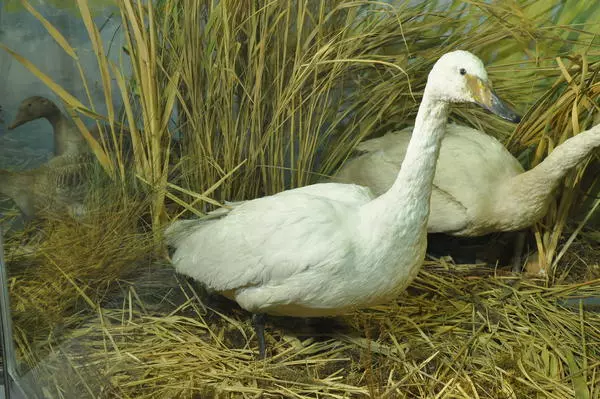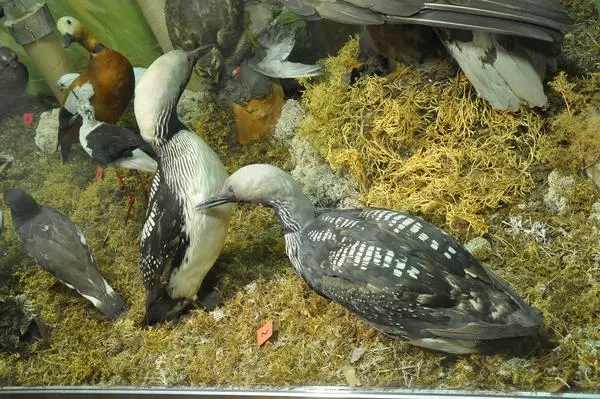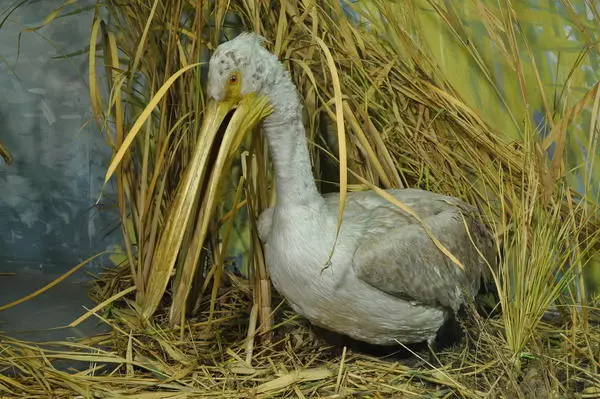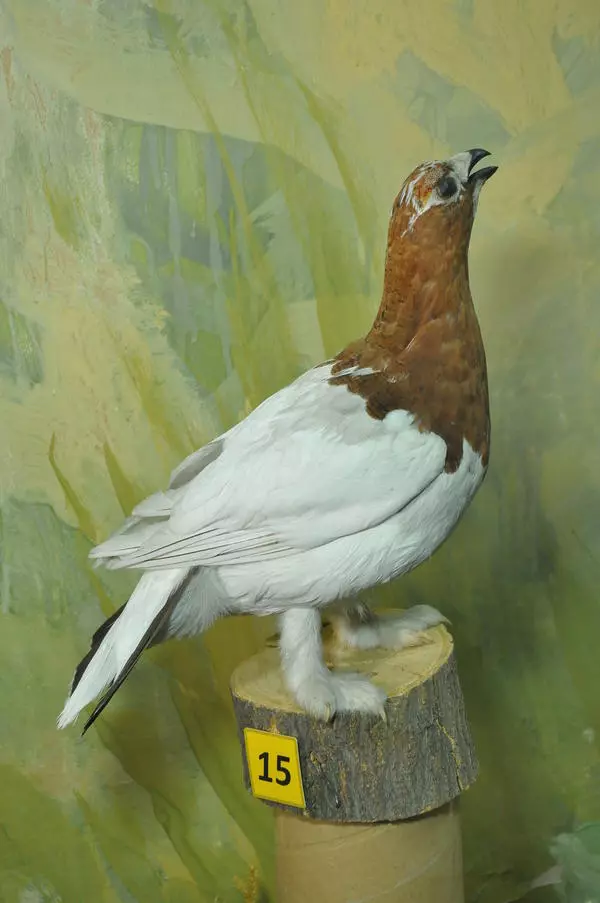The Mogilnick (The ‘burial ground bird’ in Russian) belongs to the Falconiformes family. Its Latin name is Aquila heliaca. At the beginning of the 19th century this bird was simply called an eagle in Russia. According to the Russian writer and ornithologist Leonid Semago, the name Mogilnick (the ‘burial ground bird’) probably appeared later.
At the period when the domestic naturalists studied the nature of the Aral Sea region and other regions of Kazakhstan, they often came across this eagle sitting on trees near stone mausoleums.
The name has firmly stuck to the bird, but some specialists stand today for giving a more euphonious name to the bird - for example, a sunny or imperial eagle. The former is a translation of the scientific Latin name, while the latter is used in many European languages.
The Mogilnick is a large bird, almost the size of a war eagle. It is listed in the Red Book of the Kurgan region. The voice of this eagle is similar to a wheezing cough or a dog’s barking. The Mogilnick is also famous for its huge powerful wings with a two-meter span.
The name has firmly stuck to the bird, but some specialists stand today for giving a more euphonious name to the bird - for example, a sunny or imperial eagle. The former is a translation of the scientific Latin name, while the latter is used in many European languages.
The Mogilnick is a large bird, almost the size of a war eagle. It is listed in the Red Book of the Kurgan region. The voice of this eagle is similar to a wheezing cough or a dog’s barking. The Mogilnick is also famous for its huge powerful wings with a two-meter span.
The structure of its feathers allows the eagle to soar above the ground for 6-7 hours in search of food. It feeds mainly on live prey, but it would not shrink from carrion, especially in severe winters.
This species most often live in pinewood or deciduous forests, alternating with large open spaces. They have constant mates. They make their massive nests on top of tall trees. Each couple can have several dwellings, which are used in different years in turn.
A clutch of Mogilnick eggs contains 2-3 eggs with both parents sitting on them in turn for about six weeks. The female feeds the hatchlings, while the male catches and brings prey. They feed on medium- and small-sized mammals, primarily ground squirrels, less often hares and mouse-like rodents.
The Mogilnick carefully looks for a victim, sitting on a high tree, and after noticing it, rushes down from above. After a short pursuit, it digs into its prey with its strong, blade-sharp claws. This bird of prey can catch a large prey weighing up to 5 kilograms.
This species most often live in pinewood or deciduous forests, alternating with large open spaces. They have constant mates. They make their massive nests on top of tall trees. Each couple can have several dwellings, which are used in different years in turn.
A clutch of Mogilnick eggs contains 2-3 eggs with both parents sitting on them in turn for about six weeks. The female feeds the hatchlings, while the male catches and brings prey. They feed on medium- and small-sized mammals, primarily ground squirrels, less often hares and mouse-like rodents.
The Mogilnick carefully looks for a victim, sitting on a high tree, and after noticing it, rushes down from above. After a short pursuit, it digs into its prey with its strong, blade-sharp claws. This bird of prey can catch a large prey weighing up to 5 kilograms.

